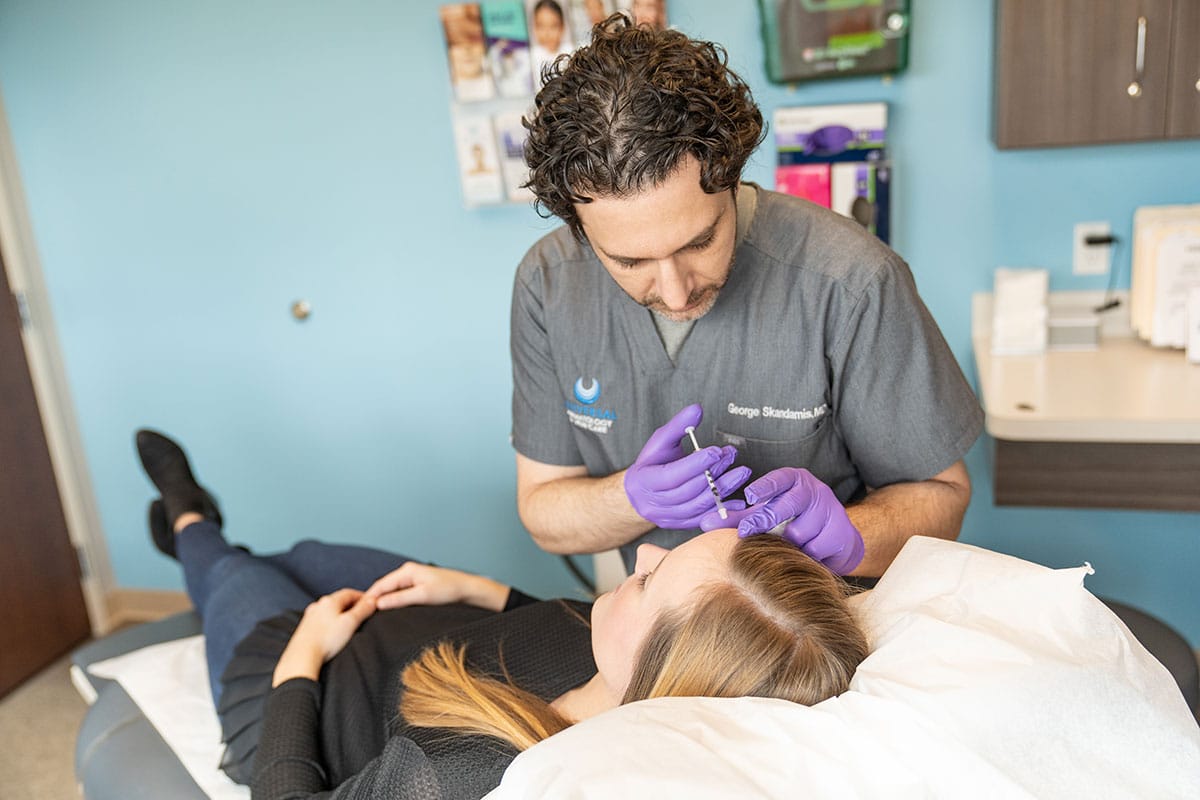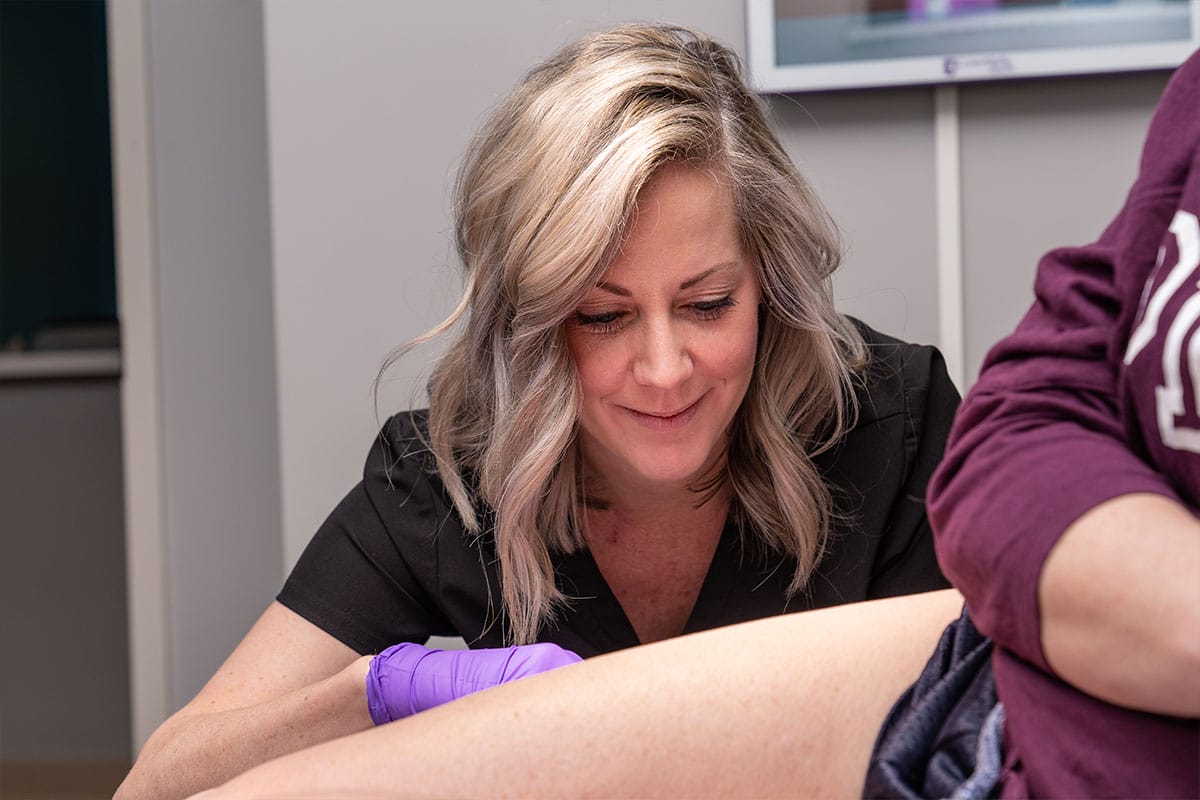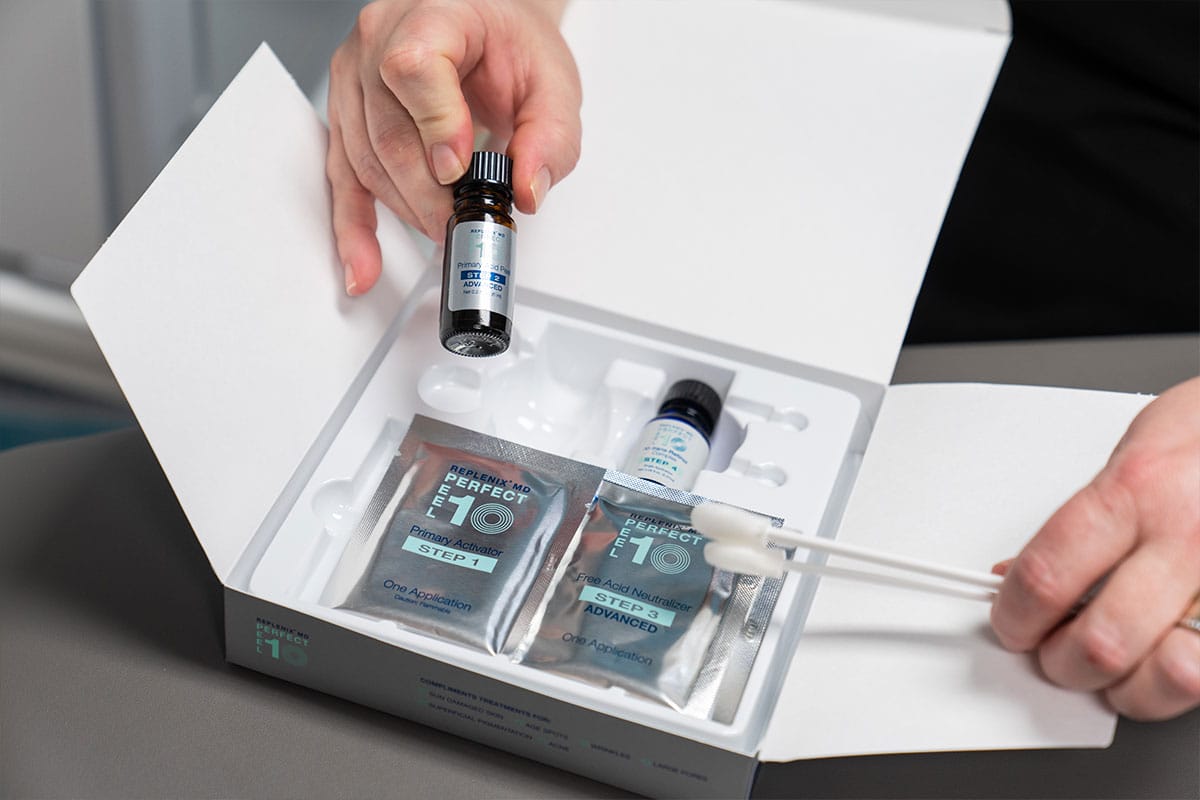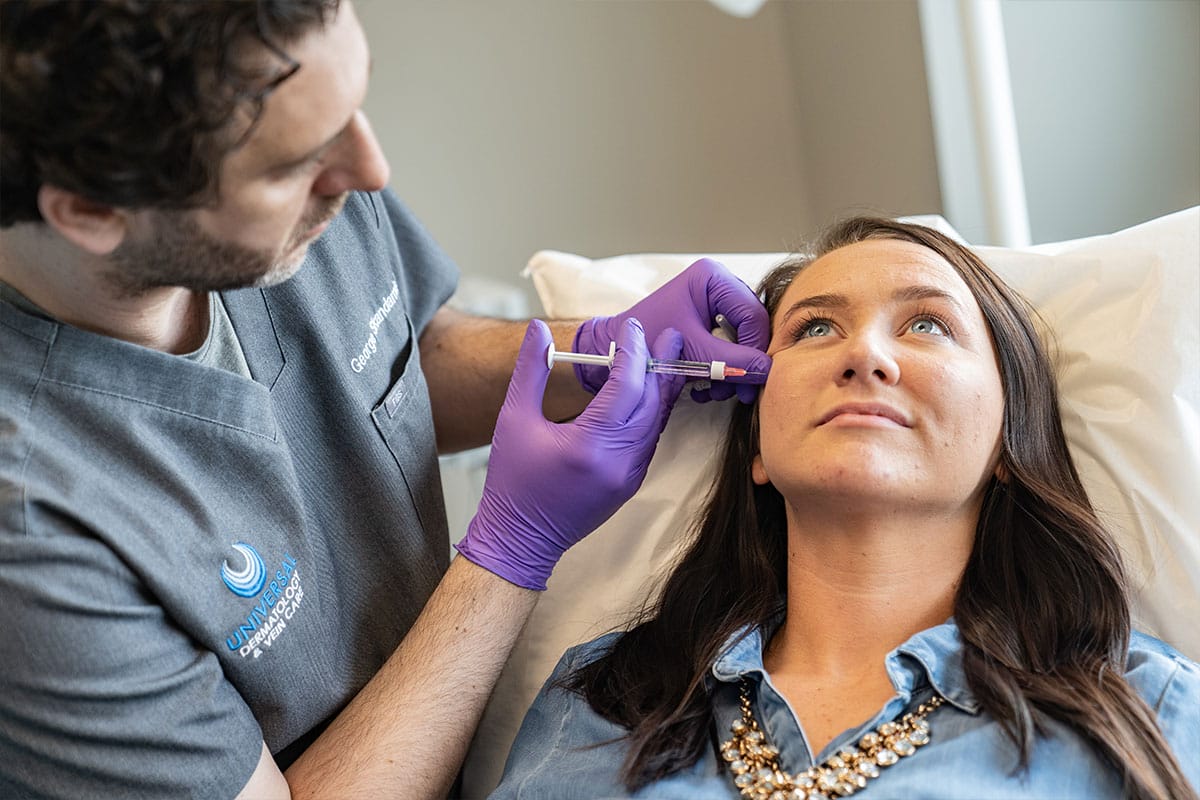Tips For Rosacea During Spring

Spring has sprung and so has flare-ups from rosacea. Many patients have difficulty with this common skin disease when the seasons change, but the changes from winter to spring seem to be the worst.
Springtime is the season where rosacea is most aggravated by the increased sun, wind exposure, temperature change, and outdoor activity. It’s essential for rosacea patients to know what triggers their condition, learn how to avoid the triggers and follow a rigorous skin care regimen when flare-ups occur. Here are some skin tips to keep your rosacea under control as the weather warms.
1. Medical Therapy
Sticking with medications and treatments recommended by your dermatologist. Oral antibiotics, as well as those applied to the skin, along with other prescribed topical treatments, can go a long way towards keeping a flare-up in check. Considering undergoing laser and other light treatments during this time.
2. Proper Sun Protection
If your rosacea is exacerbated by sun exposure, make sure you wear a wide-brimmed hat whenever you are outside. Soaking up those rays after a long winter is tempting. Make sure that you always wear sunscreen that is rated SPF 30 or higher that blocks both UVA and UVB rays. Try a pediatric formulation or one for sensitive skin if sunscreen tends to irritate your skin.
3. Shield Yourself from Wind
Spring brings a lot of windy days. Whenever possible, trying to shield your skin as heavy winds trigger outbreaks in more than half of patients.
4. Moderate Exercise
It’s also tempting to go full out with exertion after a cold winter, but heavy exertion often triggers flare-ups. Try low-intensity exercise at more frequent intervals. When not exercising, avoid situations with high heat and/or humidity.
5. Lifestyle Considerations
Take care of allergies and colds as these conditions can cause flare-ups along with other conditions. Seek medical attention when appropriate. Limit stress and anxiety when possible and if certain foods tend to trigger flare-ups, also limit their intake when other conditions are present.
Related Posts
Common Skin Contact Allergens
Every year, Americans spend $18 billion for allergy-related ailments. This...
Eczema Treatment In Columbus, Ohio
Eczema often worsens during the fall and winter months. If you have this...
Melanoma Awareness: What Is It? What Are The Signs?
May is National Melanoma/Skin Cancer Detection and Prevention Month. Melanoma may...
Tips For Rosacea During Spring
Spring has sprung and so has flare-ups from rosacea. Many patients have...

 Our Dermatologists
Our Dermatologists Our Providers
Our Providers Our Staff
Our Staff Specials
Specials Financing
Financing Pay Bill Online
Pay Bill Online